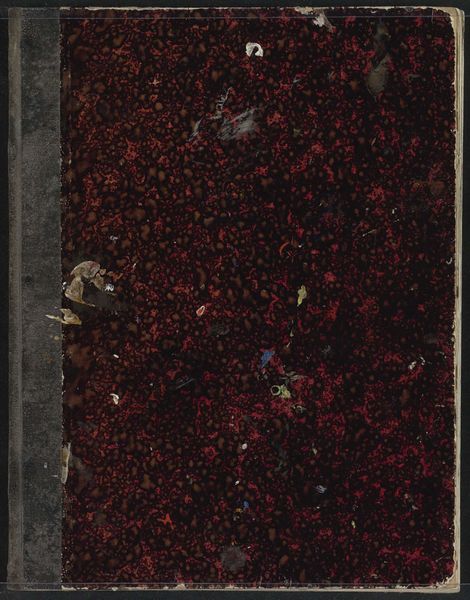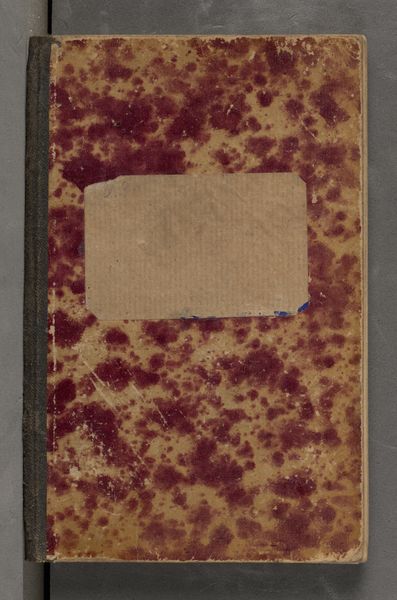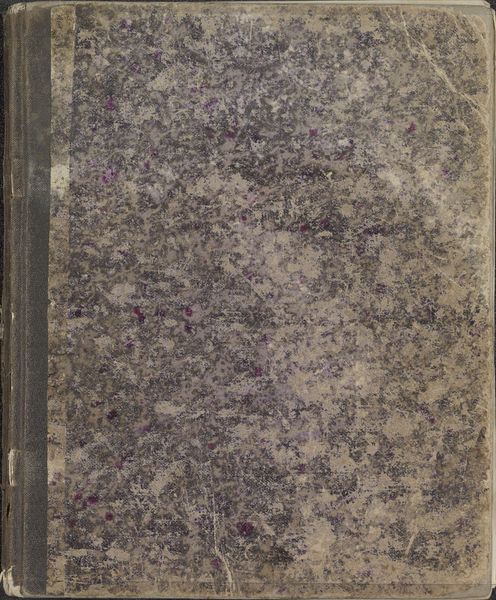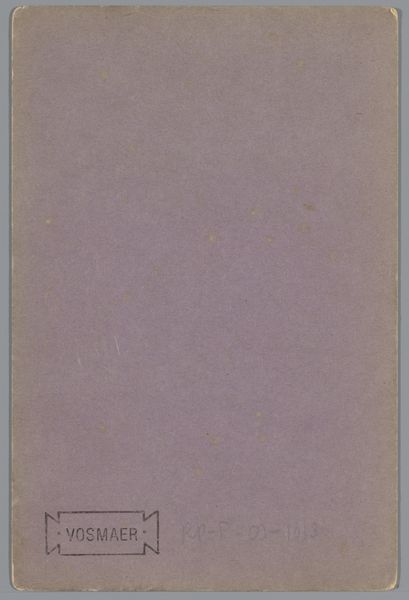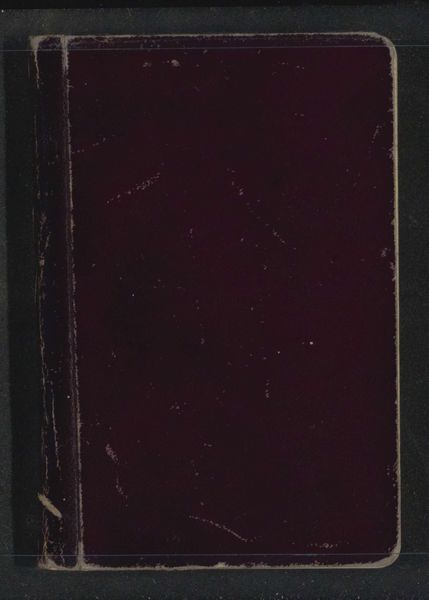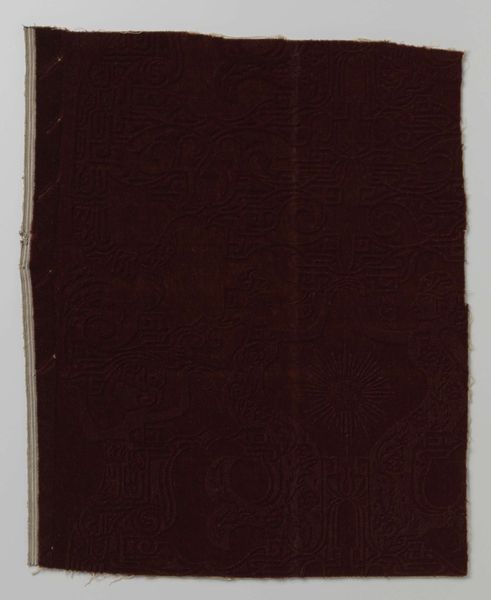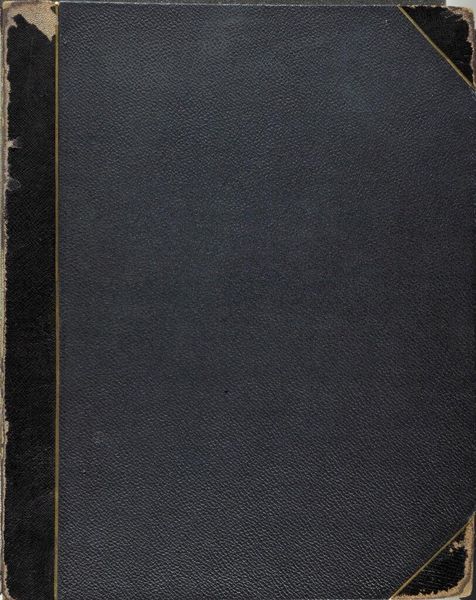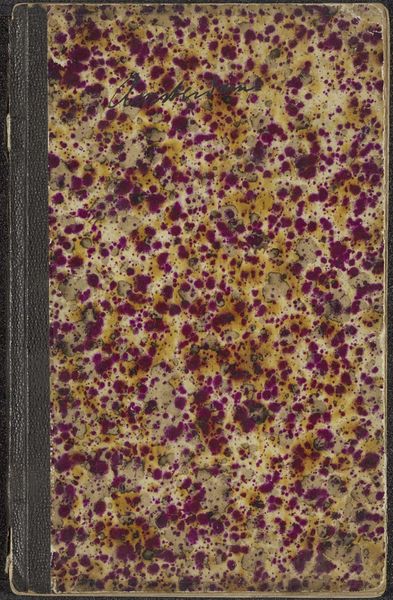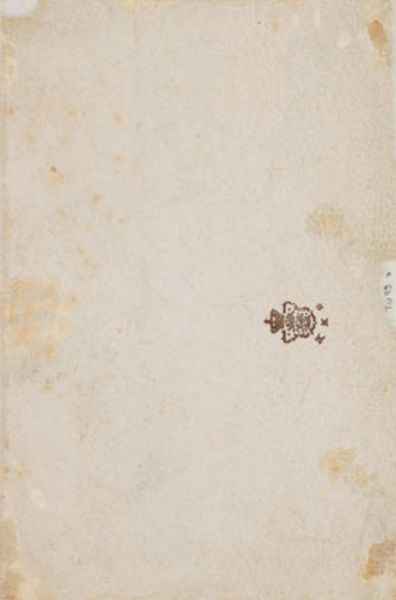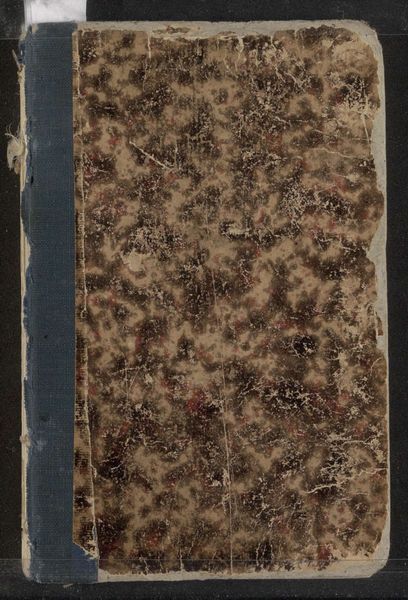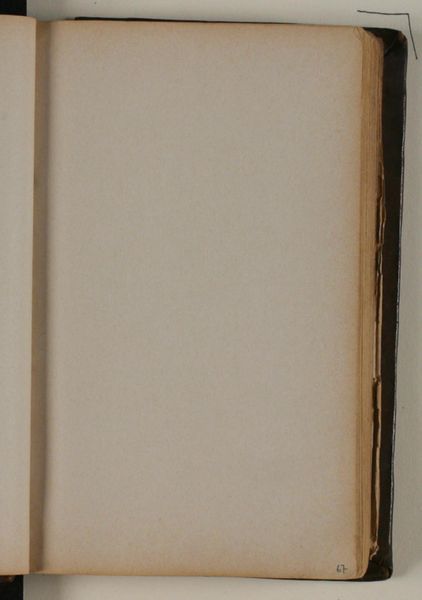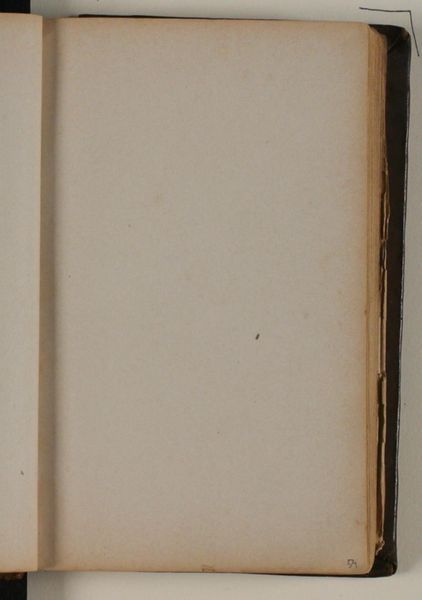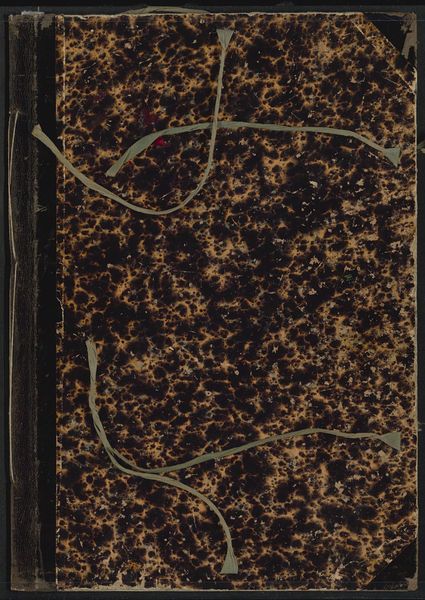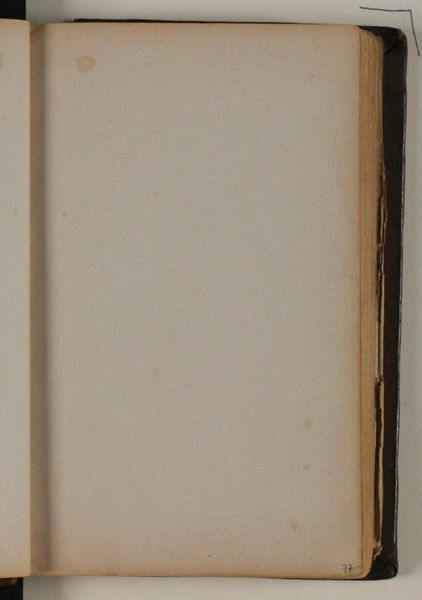
drawing, gouache, watercolor
#
drawing
#
water colours
#
dutch-golden-age
#
gouache
#
watercolor
#
watercolour illustration
#
watercolor
Dimensions: 505 mm (height) x 385 mm (width) (bladmaal)
Curator: This artwork, dating from 1649 to 1659, is "Vitis vinifera (almindelig vin)" by Hans Simon Holtzbecker. It resides here at the SMK, Statens Museum for Kunst. Editor: Immediately striking! The rendering is so precise, almost photographic in its detail. There is something about its austere and isolated placement on the page, that conveys a sense of preciousness in this natural specimen. Curator: Absolutely. Holtzbecker was working during the Dutch Golden Age, a period marked by both immense artistic innovation and a burgeoning scientific curiosity. Botanical illustrations such as this served purposes that were both documentary and artistic, emerging within distinct contexts. Editor: You’re pointing towards the dual nature of craft and record keeping. This artwork being rendered using watercolor and gouache gives it an appealing accessibility, even today. The handmade feel belies the precision. What about the materiality of wine in the context of early modern society? Curator: Well, wine was far more than a simple beverage, right? It was intricately connected to rituals, class, commerce and religious sacrament, as much now as then. So this artwork gains further importance by documenting something incredibly pertinent to life at the time, something essential to trade. It intersects significantly with Dutch cultural and economic history, connecting to broader narratives around mercantile power and cultural exchange. Editor: Right. How might this artwork function as a trace of labor itself? Beyond Holtzbecker's labour as the artist, there is the cultivation, tending, harvesting, and transport associated with these grapes. Do you feel the piece prompts further interrogation of production and social relationships tied to the fruit depicted? Curator: Certainly, it offers potential avenues for exploration into these relationships, and is also a meditation on gender, in some ways; a visual representation of controlled nature which may align with, or diverge from prevailing views and biases around identity at that time. Editor: Food is material culture! Looking closely, you see tiny variations in colour on the grapes; it’s not a flat wash. One feels how the artist is observing and recreating these variations in light and form. Curator: It's those subtleties that continue to intrigue me. Thinking about its place here, among these collections, really strengthens that sense of interplay between science and art, power and gender and makes it really compelling to reflect on. Editor: Indeed. Thinking about art through its connection to social conditions is a good starting point. It is remarkable how one still-life drawing opens pathways to broader, far-reaching analysis.
Comments
No comments
Be the first to comment and join the conversation on the ultimate creative platform.
